reviewed by Christina Lopez
When the thought of caffeine comes into your mind, coffee beans and coffee beverages come into their minds which are famous for being the most exceptional course of stimulating chemical around the globe.
Following are the ten plants that are not only a great source of caffeine, but also contain theobromine and theophylline along with two other mild stimulants that are considered to have significant effects.
Contents
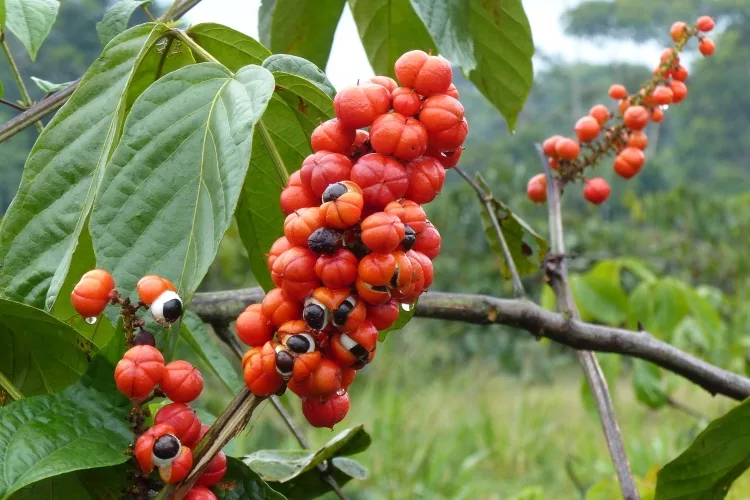
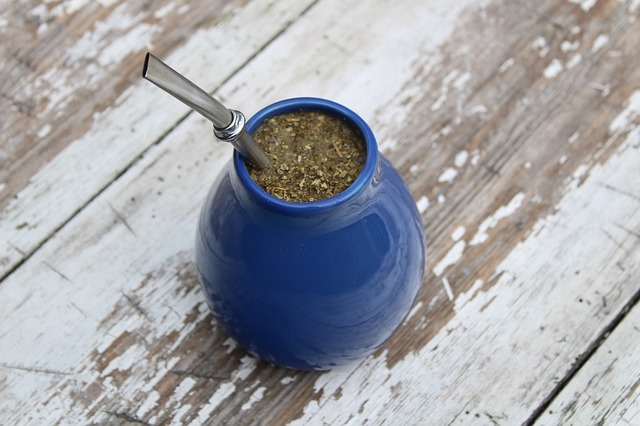
Also known as terere, mate and chimarrao, Yerba Mate is native to South America. The branches and leaves are composed of tea, containing around 70 mg of caffeine inside it.
Moreover, like guarana, caffeine is known to be accountable for the pharmacologic effects that yerba mate has. Also, it might lead to chronic ingestion that can be linked to oesophagal and other kinds of cancer.
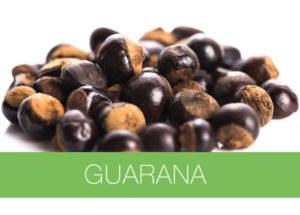
Guarana is also referred to as the Brazilian cocoa and grows as a woody vine or shrub in the region of Brazil. Subsequently, Guarana seeds possess the highest caffeine percentage of about 2.5% to 5% of a relevant plant which can be used to flavour drinks in the Brazilian nation.
Besides, its characteristics include ergogenic and stimulating properties along with having caffeine independent Pharmacologic & Hallucinogenic effects as well.
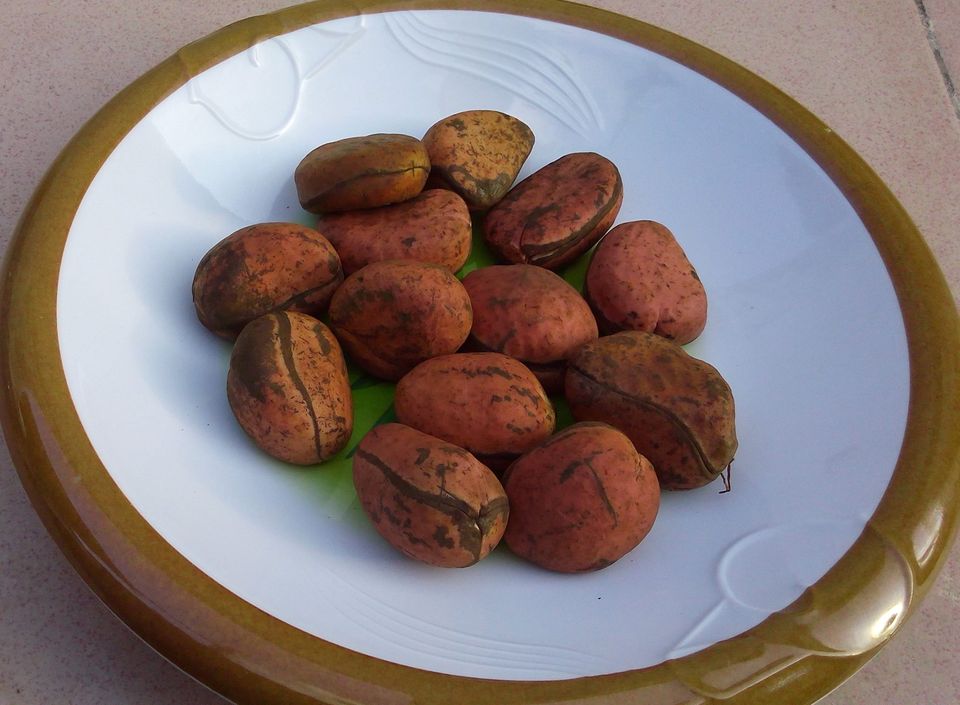
Cola Nut is also referred to as the Kola nut, guru nut and bissy nut whose cultivation is done in Africa and Central and South America. Besides, the Cola nut is about the size of a chestnut which is prepared through an extract of around 1.5 % - 2.5 % caffeine for cola drinks and flavouring of food items respectively.
Moreover, the content of caffeine is most likely to be responsible for the resulting pharmacologic effects that cola nut has.
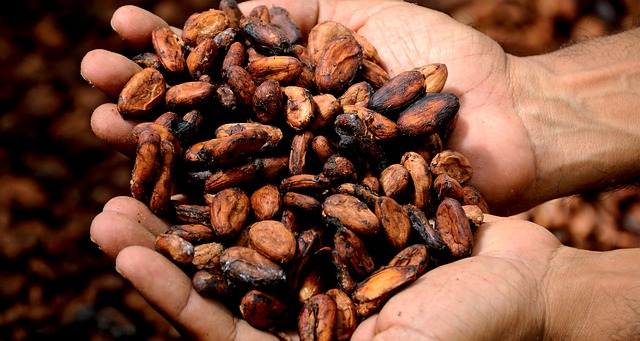
The cacao of Theobroma Cacao was famous for being known as the chocolate, which contains several small amounts of caffeine in it. Moreover, a 1.55 oz Hershey's chocolate milk bar contains around nine caffeine in each serving.
Comparatively, tea, coffee and the plants mentioned above have a minimum contribution to the total consumption of caffeine.
Tea for tu is a plant grown in South America, which is a caffeinated drink which is considered invigorating. Subsequently, it acquires the health benefits of tea and the strength of coffee as well as the euphoria of chocolate in a single beverage.
Tea for tu is highly balanced and delivers both nutrition and energy to the human body. Furthermore, it grows on trees located in the rainforest which contains minerals and vitamins, 15 amino acids and several antioxidants.
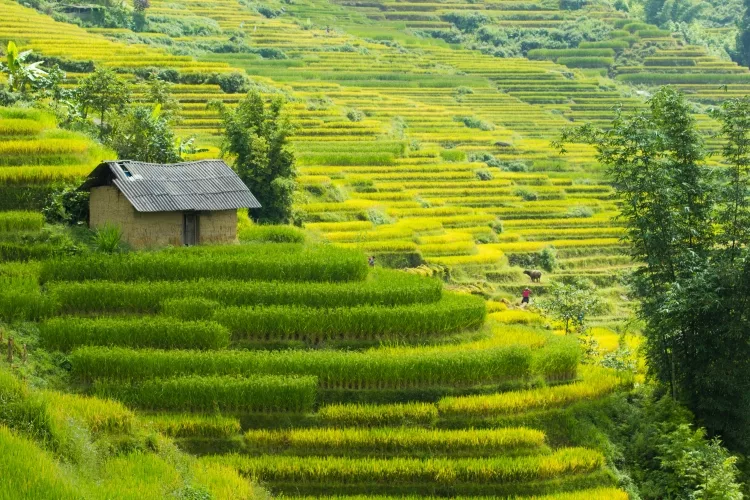
Mate has various advantages that coffee doesn't have, including low bitter tannins. These can be brewed for a longer time and allows nutrients such as, theobromine, caffeine and theophylline, which concentrate relatively more in liquid form. Furthermore, they are relatively less acidic and do not result in a sour stomach.
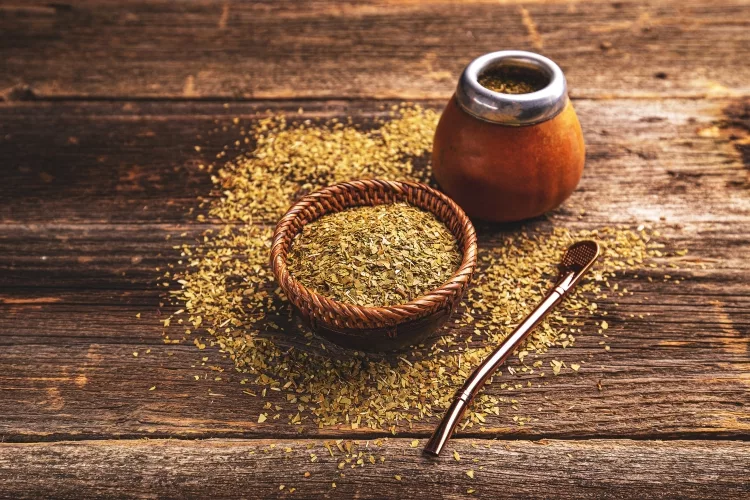
Koka Kola is the natural ingredients that are labelled on the can of Pepsi or Coke, which contain flavours from the cola nut seed or kola which is grown in West Africa and Nigeria. Besides, they are used in beverages and foods to serve guests in social and cultural ceremonies along with being significantly used as traditional medicine.
Additionally, the Kola nuts contain 1.5- 2.5% caffeine in it which can have beneficial effects on those who consume them. Moreover, they relieve fatigue in muscles, dysentery, depression and headaches such as migraine.

Guarana seeds are a vine plant which was initially grown in South America. Subsequently, they, later on, became the Brazilian cocoa which grows as woody wine and shrubs in Brazil.
Due to containing the highest content of caffeine inside them, about 2.5% to 5%, they are frequently used in the Brazilian soft drinks.
Classroom Project: 10 Easy Growing Beans For A Science Experiment
Native North America has a caffeinated plant known as youpon, the North America Tea plant and the Christmas berry tree which is grown in Virginia, west of the Gulf Coast towards Texas and South to Florida.
Amidst Civil war, the tea and coffee were scarce due to the blockades and the World War I. Soon after the battle took place, Cassina gained popularity primarily as a substitute, therefore, a focus of the department of agricultural projects for the cultivation of the domestic caffeine source.
However, nowadays, it is not an everyday drink among individuals. Moreover, North American tea has 35 - 45 mg per eight-ounce serving of caffeine inside it.
In Asian countries, the consumption of tea is quite high and is common in the form of tea. Furthermore, there is no relevant evidence of when the tea was initially domesticated and used. Although, legend has it that Shen Nong, the Chinese Emperor was boiling water when the tea leaf fell inside it.
After which, he enjoyed the flavour of the tea after which he felt invigorated and refreshed. Tea has been quite famous in India and other Asian countries. It contains 11 mg of caffeine in it per 100 grams.
Furthermore, historians say that people of older times prioritized chewing leaves rather than boiling the leaves, creating an iconic drink for a broad audience.
The above ten plants contain caffeine in them and are famous in their native regions contributing to delicious drinks being served in houses and restaurants.
How to Grow Insulin Plant in your Garden?
10 Plants that give Oxygen at Night {24 Hour Oxygen}
10 Plants & Herbs That Contain Lectins
 |
 |
 |
 |

About Christina Lopez
Christina Lopez grew up in the scenic city of Mountain View, California. For eighteen ascetic years, she refrained from eating meat until she discovered the exquisite delicacy of chicken thighs. Christina is a city finalist competitive pingpong player, an ocean diver, and an ex-pat in England and Japan. Currently, she is a computer science doctoral student. Christina writes late at night; most of her daytime is spent enchanting her magical herb garden.
 |
 |
 |
 |
Check These Out
Get new FREE Gifts. Or latest free growing e-books from our latest works.
Disable Ad block to reveal all the links. Once done, hit a button below
 |
 |
 |
 |